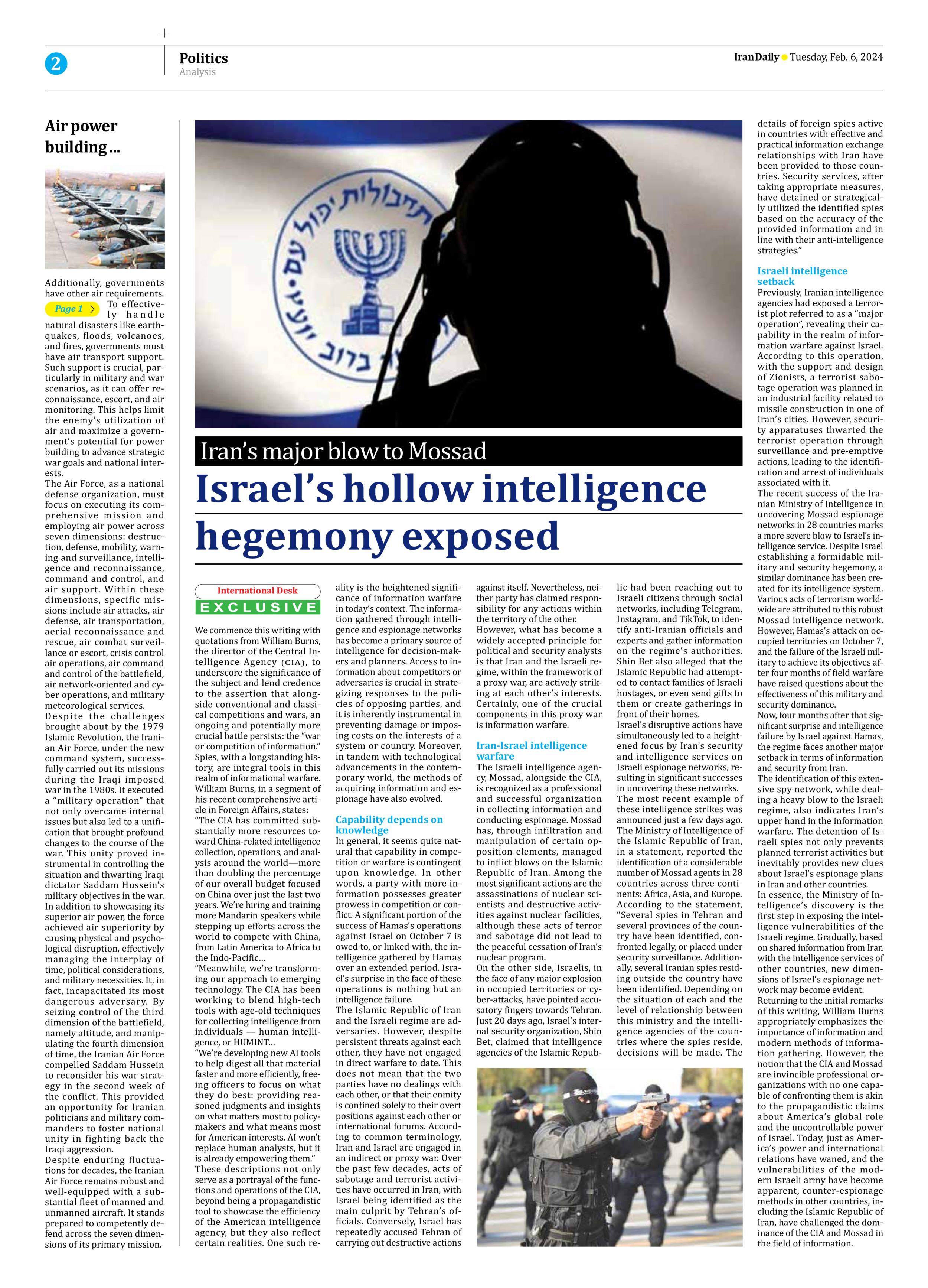
Air power building ...
Page 1
Additionally, governments have other air requirements. To effectively handle natural disasters like earthquakes, floods, volcanoes, and fires, governments must have air transport support. Such support is crucial, particularly in military and war scenarios, as it can offer reconnaissance, escort, and air monitoring. This helps limit the enemy’s utilization of air and maximize a government’s potential for power building to advance strategic war goals and national interests.
The Air Force, as a national defense organization, must focus on executing its comprehensive mission and employing air power across seven dimensions: destruction, defense, mobility, warning and surveillance, intelligence and reconnaissance, command and control, and air support. Within these dimensions, specific missions include air attacks, air defense, air transportation, aerial reconnaissance and rescue, air combat surveillance or escort, crisis control air operations, air command and control of the battlefield, air network-oriented and cyber operations, and military meteorological services.
Despite the challenges brought about by the 1979 Islamic Revolution, the Iranian Air Force, under the new command system, successfully carried out its missions during the Iraqi imposed war in the 1980s. It executed a “military operation” that not only overcame internal issues but also led to a unification that brought profound changes to the course of the war. This unity proved instrumental in controlling the situation and thwarting Iraqi dictator Saddam Hussein’s military objectives in the war.
In addition to showcasing its superior air power, the force achieved air superiority by causing physical and psychological disruption, effectively managing the interplay of time, political considerations, and military necessities. It, in fact, incapacitated its most dangerous adversary. By seizing control of the third dimension of the battlefield, namely altitude, and manipulating the fourth dimension of time, the Iranian Air Force compelled Saddam Hussein to reconsider his war strategy in the second week of the conflict. This provided an opportunity for Iranian politicians and military commanders to foster national unity in fighting back the Iraqi aggression.
Despite enduring fluctuations for decades, the Iranian Air Force remains robust and well-equipped with a substantial fleet of manned and unmanned aircraft. It stands prepared to competently defend across the seven dimensions of its primary mission.







